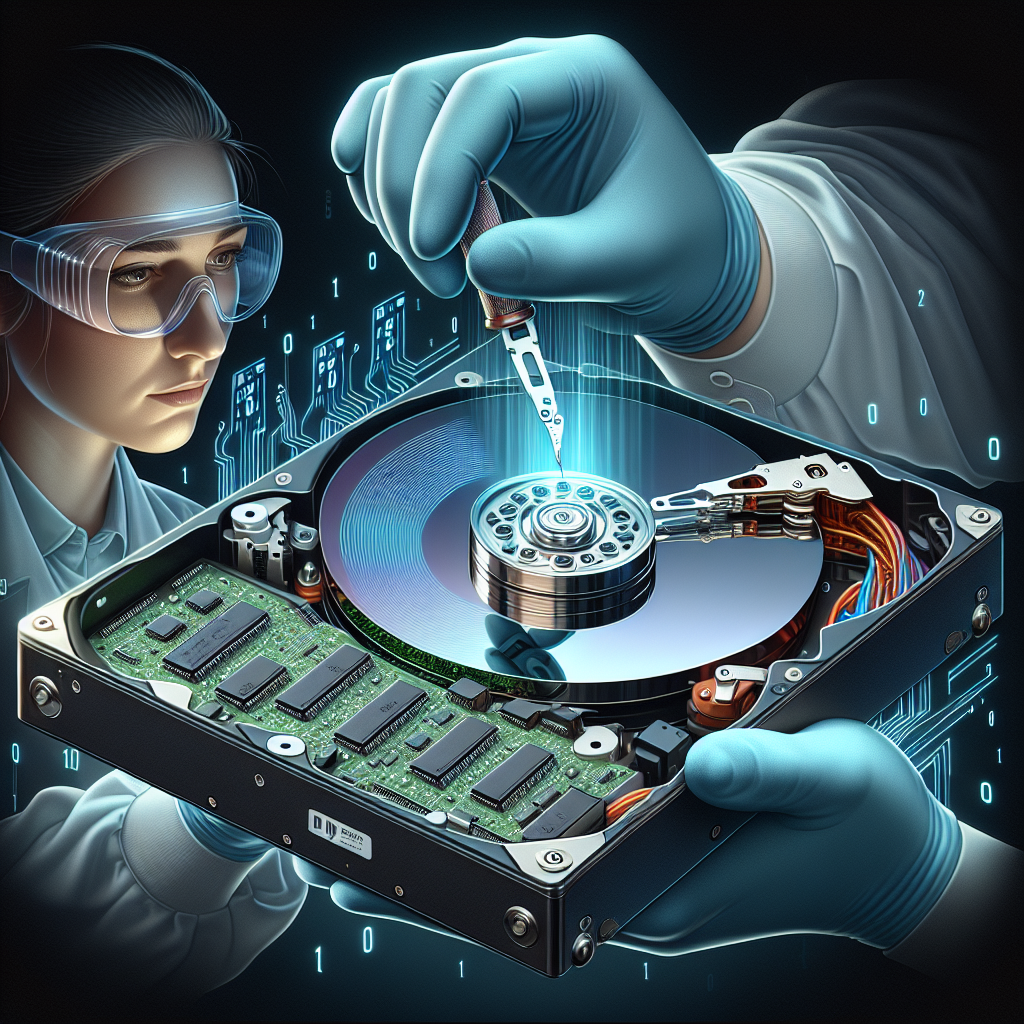How Read-Write Heads Work in Hard Drives and SSDs
Have you ever wondered how data is read and written on your computer’s hard drive or solid-state drive (SSD)? The answer lies in a crucial component known as the read-write head.
In hard drives, the read-write head is a small, electromagnetically charged device that moves across the surface of the spinning platter. When data needs to be read from or written to the drive, the read-write head is positioned over the specific location on the platter where the data is stored. This positioning is done with remarkable precision, as the read-write head must hover just nanometers above the platter’s surface to avoid damaging the data.
When reading data, the read-write head detects the magnetic fields on the platter and translates them into binary code. This data is then sent to the computer’s processor for further processing. When writing data, the read-write head uses an electromagnetic field to change the magnetic orientation of the particles on the platter, effectively storing the new information.
In SSDs, the read-write process is slightly different. SSDs do not have moving parts like hard drives, so the read-write head in an SSD is stationary. Instead of moving across a spinning platter, the read-write head in an SSD accesses data stored in memory chips called NAND flash cells. These cells store data using electrical charges, with each cell representing a binary 0 or 1.
When data needs to be read from or written to an SSD, the read-write head sends electrical signals to the NAND flash cells to retrieve or store the data. This process is much faster than the mechanical read-write process in hard drives, as there are no moving parts involved.
Both hard drives and SSDs rely on the read-write head to access and store data efficiently. The read-write head’s precision and speed are crucial for the performance of these storage devices, ensuring that your computer can quickly retrieve and save the data you need.
In conclusion, the read-write head is a vital component in hard drives and SSDs, enabling the efficient reading and writing of data. Whether it’s moving across spinning platters or accessing memory cells, the read-write head plays a crucial role in the functionality of these storage devices.


